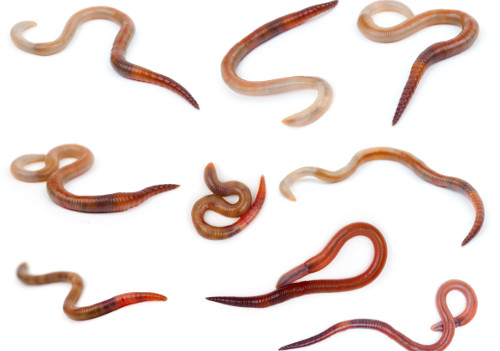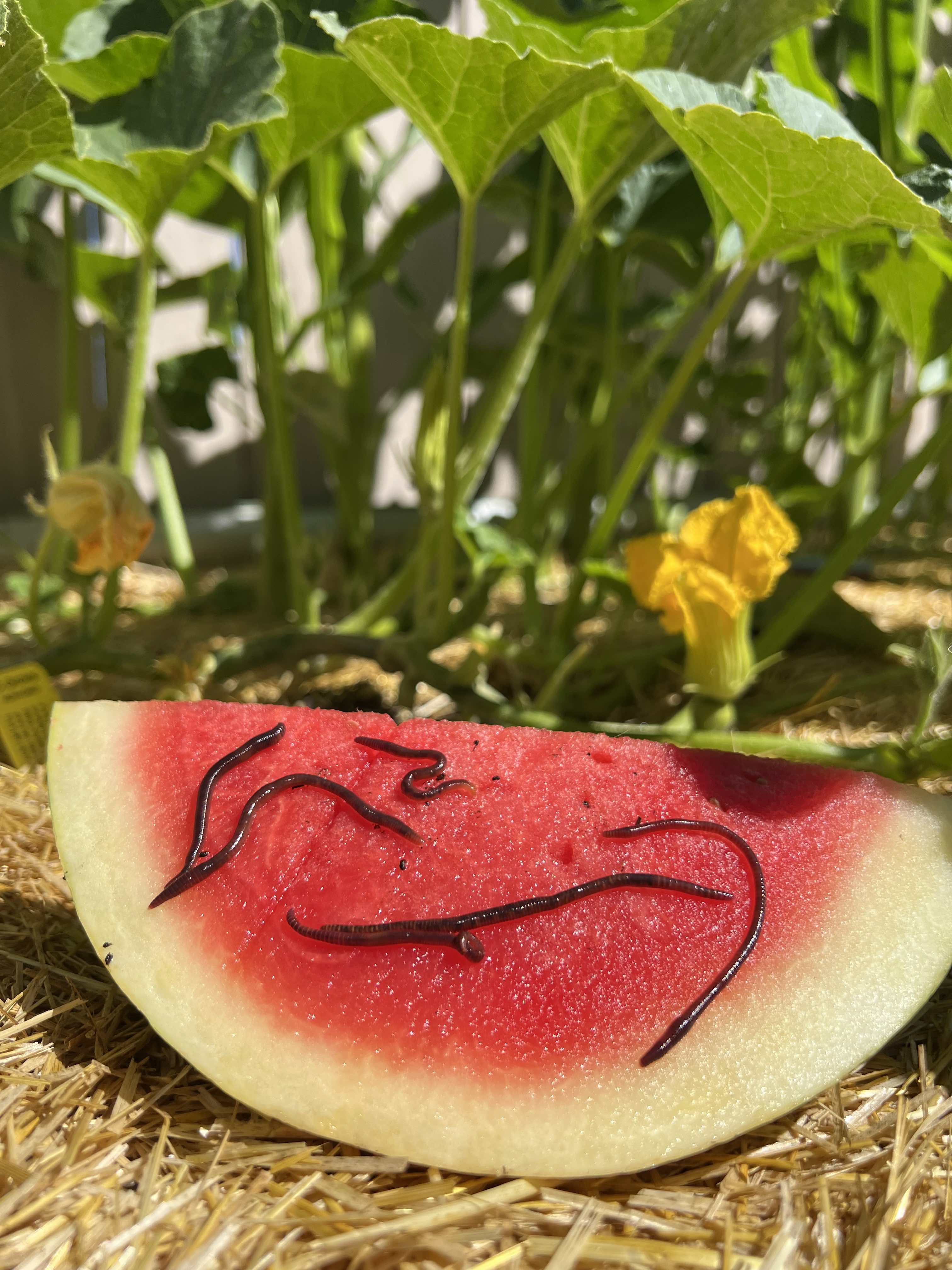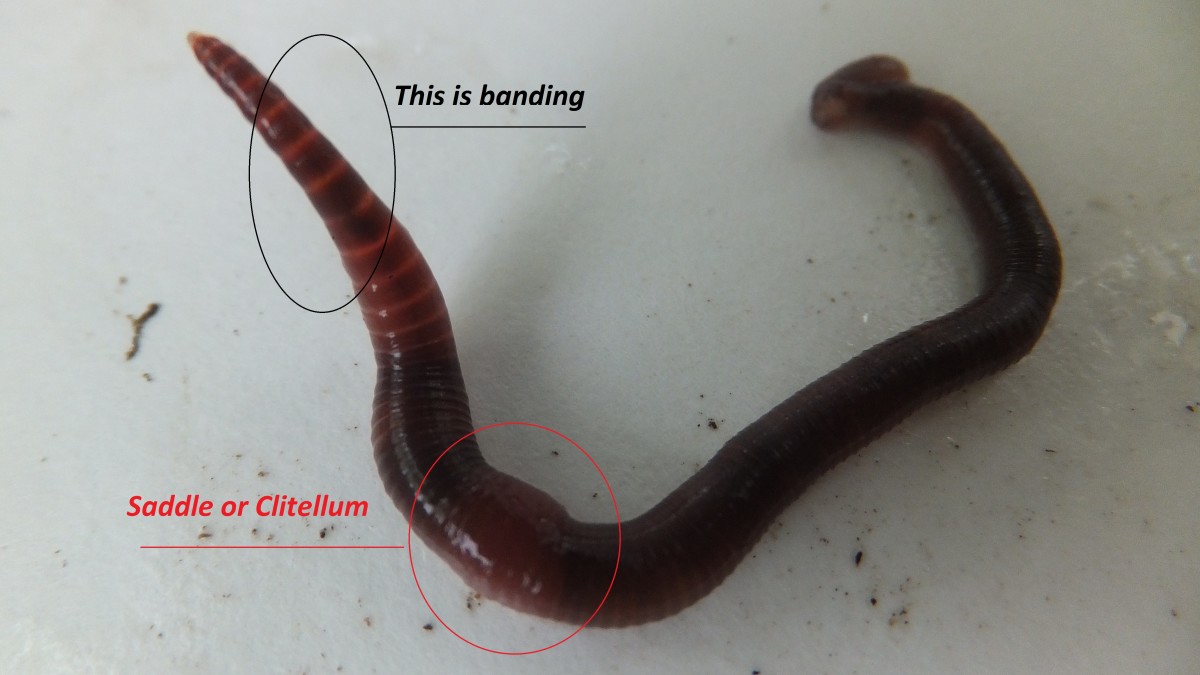Red Wiggler Worms - Natural Solution for Environmentally Friendly Composting
Red Wiggler Worms - Natural Solution for Environmentally Friendly Composting
Blog Article
Optimizing the Advantages of Red Wiggler Worms: A Comprehensive Guidebook for Home Gardeners and Urban Farmers
In the realm of sustainable gardening methods, red wiggler worms stand as unhonored heroes, silently changing natural waste into nutrient-rich castings that can work wonders for soil wellness. By exploring the complexities of just how to properly care for and make the most of the advantages of red wiggler worms, people can unlock a riches of possibilities for improving the sustainability and productivity of their horticulture ventures.
Understanding Red Wiggler Worms
Red Wiggler worms, renowned for their efficient composting capabilities, are a types of earthworms extensively used in vermiculture methods. These worms, medically called Eisenia fetida, prosper in decomposing organic product, making them ideal candidates for composting (Red Wiggler Worms). Red Wigglers are starved eaters, with the ability of eating their own weight in natural waste daily. Their digestive procedure breaks down organic matter into nutrient-rich castings, which are a beneficial resource for enhancing dirt and promoting plant growth.
One secret characteristic of Red Wiggler worms is their reproductive price. These hermaphroditic animals have both male and women reproductive organs, allowing them to recreate rapidly under beneficial conditions. A mature Red Wiggler can produce multiple offspring in a short period, guaranteeing a stable population within a composting system.

Establishing a Worm Bin
When establishing a worm container for vermiculture objectives, proper prep work and focus to detail are necessary for creating a helpful atmosphere for Red Wiggler worms,. Begin by selecting a suitable container for your worm bin. This can be a plastic or wood container with a lid to preserve wetness degrees and safeguard the worms from light. Make sure that the bin has water drainage holes near the bottom to stop waterlogging.

Place the worm container in a great, dark place far from straight sunlight and severe temperatures. Regularly monitor the dampness levels, adding water if the bed linen feels flaky or completely dry. Feed the worms a balanced diet regimen of fruit and vegetable scraps, avoiding citrus fruits, onions, and spicy foods. By complying with these steps, you can establish up a growing worm bin that will efficiently refine organic waste right into nutrient-rich vermicompost for your garden.
Feeding and Keeping Worms
Making sure a nutritious and balanced diet plan is important for the health and wellness and productivity of Red Wiggler worms in a vermiculture system. It is crucial to prevent feeding them citrus fruits, onions, garlic, milk items, meat, and oily foods as these can be dangerous to the worms or create undesirable smells in the container.
Appropriate moisture degrees are additionally crucial for the wellness of Red Wiggler worms. The bed linen needs to seem like a wet sponge, offering sufficient wetness for the worms to breathe through their skin. Regularly inspect the dampness degrees and change by including water or completely dry bedding product as needed. Additionally, maintaining correct temperature level problems between 55-77 ° F(13-25 ° C )will make certain optimum worm activity and reproduction. By diligently checking their diet regimen, wetness, and environmental problems, home garden enthusiasts and urban farmers can maintain a efficient and healthy Red Wiggler article source worm populace for composting functions.
Harvesting Worm Castings
To efficiently remove nutrient-rich worm spreadings from the vermicompost, a systematic harvesting procedure is important for maximizing the composting advantages. Red Wiggler Worms. The very first step in harvesting worm spreadings is to encourage the worms to migrate to one side of the container. This can be achieved by positioning fresh food scraps on one side and leaving the various other side uninterrupted for a few days. As soon as most of worms have actually relocated to the side with fresh food, the castings can be collected from the opposite side.
After the spreadings have been harvested, it is very important to separate any type of remaining worms from the castings to stay clear of hurting them throughout storage space or application. One efficient approach is to create conical heaps of castings under brilliant light. Worms will intuitively move away from the light, permitting for very easy separation and removal.
Finally, the harvested worm castings must be saved in a great, dark, and completely dry place to preserve their top quality and effectiveness as a nutrient-rich dirt modification. By adhering to these steps, home gardeners and urban farmers can maximize the benefits of red wiggler worms in their vermicomposting systems.
Utilizing Worm Castings in Gardening
The incorporation of nutrient-rich worm castings right into yard dirt can significantly enhance plant growth and overall soil health. Worm castings, also referred to as vermicast, are a natural plant food created by red wiggler worms as they break down raw material. These spreadings are rich in crucial nutrients like nitrogen, phosphorus, potassium, and valuable microbes that promote plant growth and boost soil framework.
When utilizing worm castings in gardening, it is crucial to mix them extensively right into the soil or use them as a leading clothing around plants. The slow-release nature of worm castings ensures a steady supply of nutrients to plants with time, lowering the danger of nutrient leaching and promoting lasting dirt fertility. Furthermore, worm castings aid enhance soil oygenation, water retention, and microbial activity, developing a healthy and balanced atmosphere for plant roots to grow.

Final Thought
Finally, the usage of red wiggler worms in home horticulture and metropolitan farming can dramatically benefit soil wellness and plant growth. By understanding exactly how to establish and maintain a worm bin, feed the worms visit homepage appropriately, and collect their nutrient-rich castings, gardeners can make the most of the advantages of these earthworms. Including worm spreadings into gardening methods can improve dirt fertility and total plant productivity. Overall, red wiggler worms provide a lasting and reliable service for enhancing yard and ranch returns.
In the realm of sustainable gardening methods, red wiggler worms stand as unhonored heroes, silently changing natural waste right into nutrient-rich spreadings that can function wonders for soil wellness.When developing a worm container for vermiculture objectives, proper see here preparation and attention to information are essential for creating a helpful setting for Red Wiggler worms. The very first step in harvesting worm spreadings is to motivate the worms to migrate to one side of the bin. Worm spreadings, also known as vermicast, are an all-natural plant food created by red wiggler worms as they break down natural matter. By understanding just how to establish up and maintain a worm container, feed the worms appropriately, and gather their nutrient-rich castings, garden enthusiasts can optimize the benefits of these earthworms.
Report this page